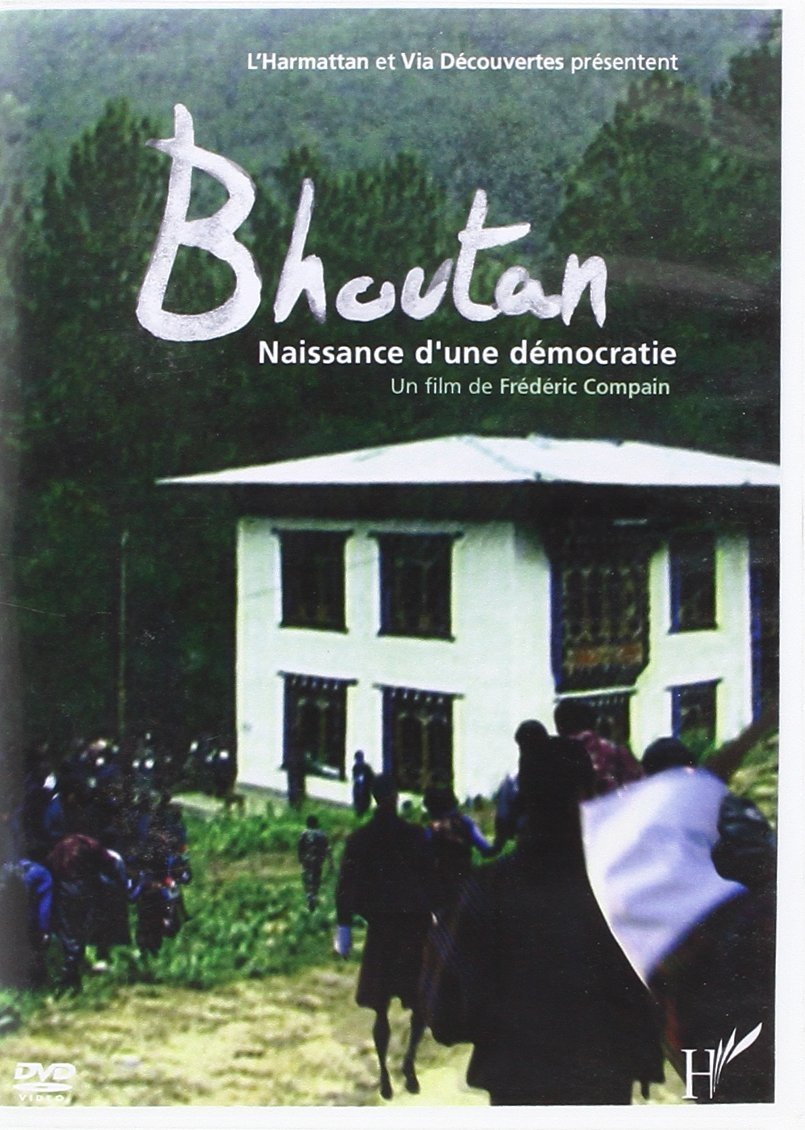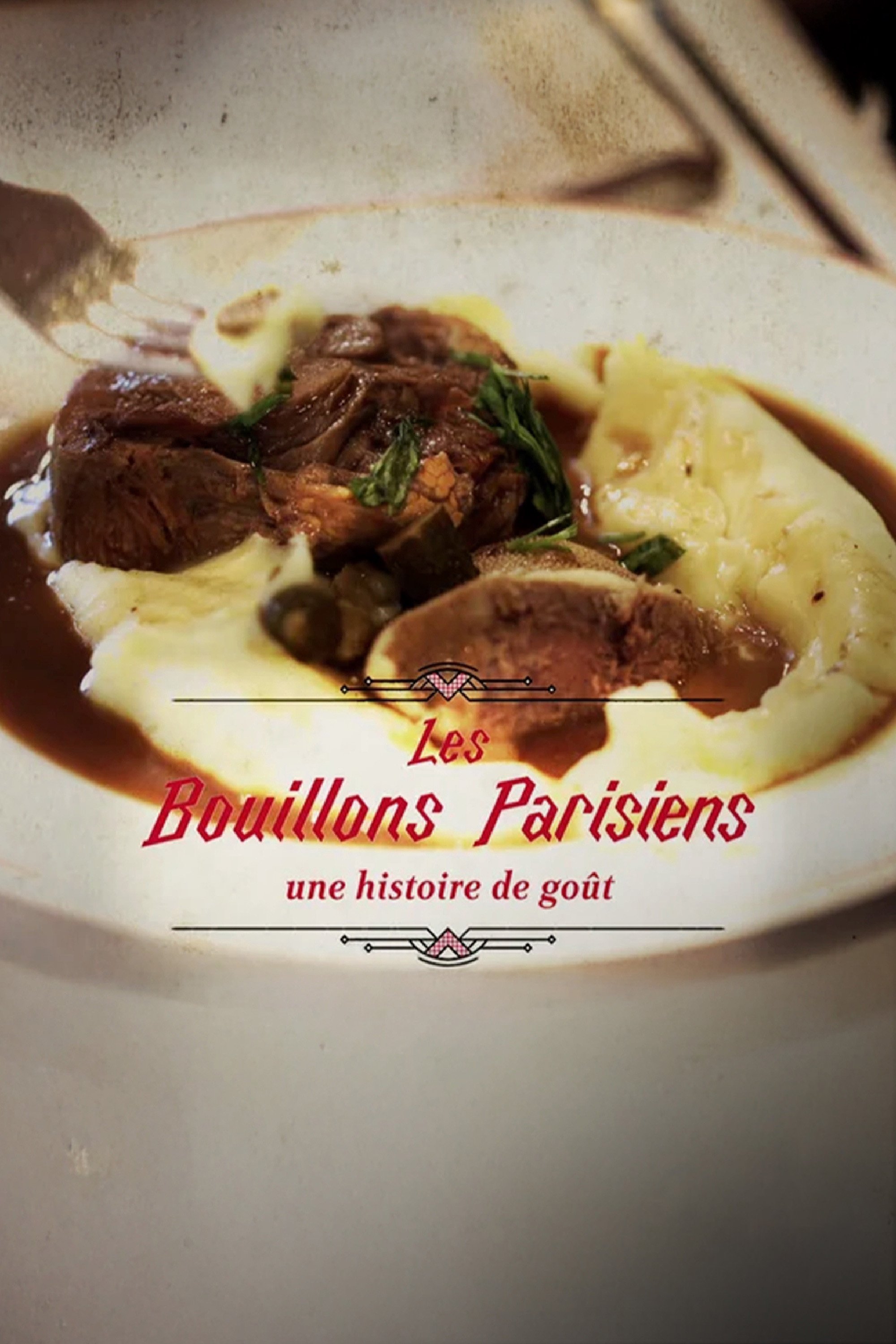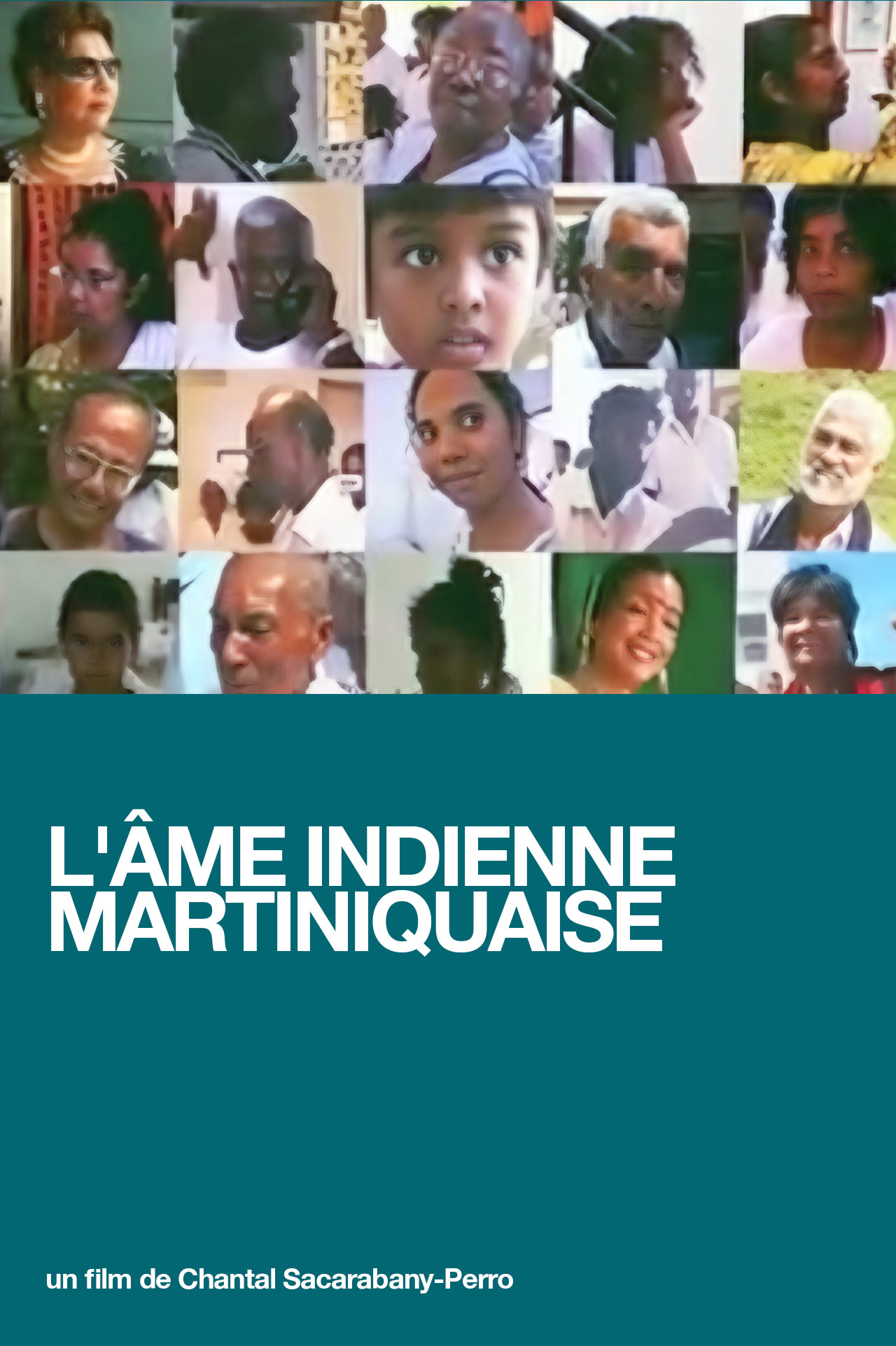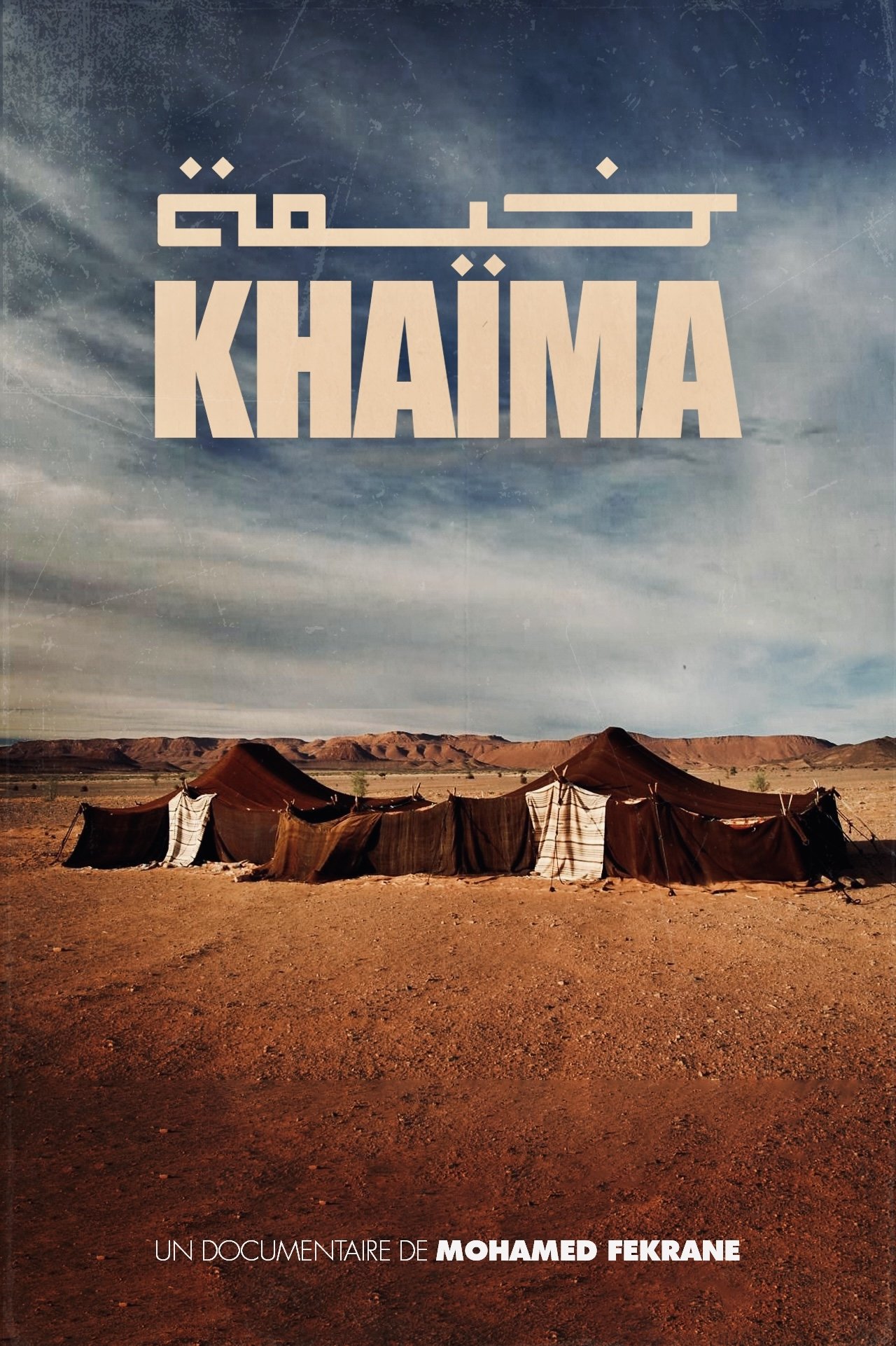Returning Souls (2012)
• October 16th, 2012 • 1h 25min
Documentary
Overview
In the historically most famous ancestral house of the matrilineal Amis tribe in Taiwan, the carved pillars tell legends, such as the great flood, the glowing girl, the descending shaman sent by the Mother Sun, and the father-killing headhunting event. After a strong typhoon toppled the house 40 years ago, the pillars were moved to the Institute of Ethnology Museum. Recently young villagers, with assistance from female shamans, pushed the descendants and village representatives to communicate with ancestors in the pillars. They eventually brought the ancestral souls rather than the pillars back and began reconstructing the house.
Make sure to check your pop-up blocker!!
Trailer
Similar Movies

The Dialogue
Released on:
Documentary, Adventure, Drama
The journey of eight diverse youth in China confronting cultural differences. Crossing Borders - Wid...

Reclamation: The Rise at Standing Rock
Released on:
Documentary
Nominated for an Emmy® Award in 2021 for best non fiction special. Winner of 35 grand jury awards. ...
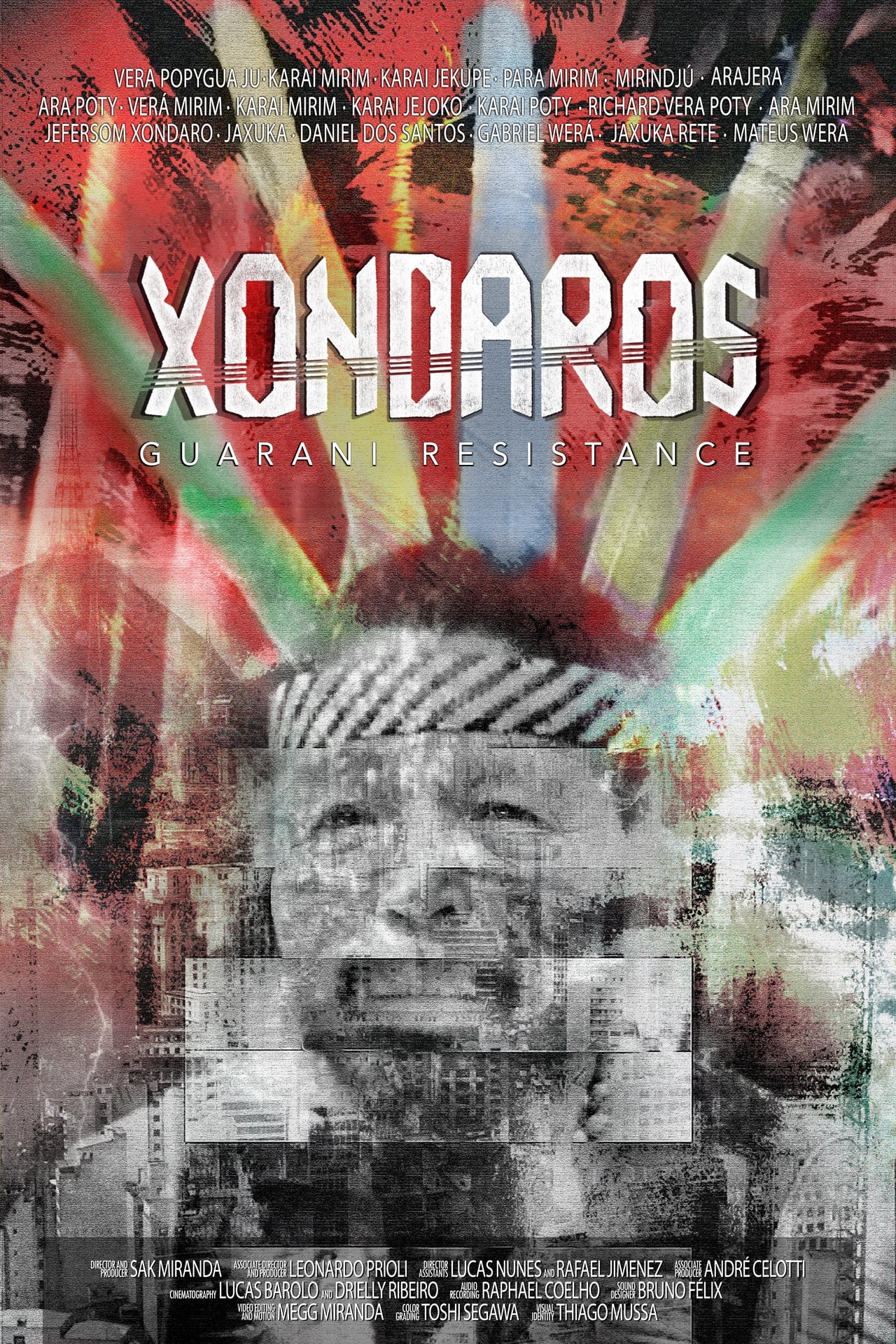
Xondaros - Guarani Resistance
Released on: 2023-06-08
Documentary, Drama
The 6 Guarani villages of Jaraguá, in São Paulo, fight for land rights, for human rights and for the...
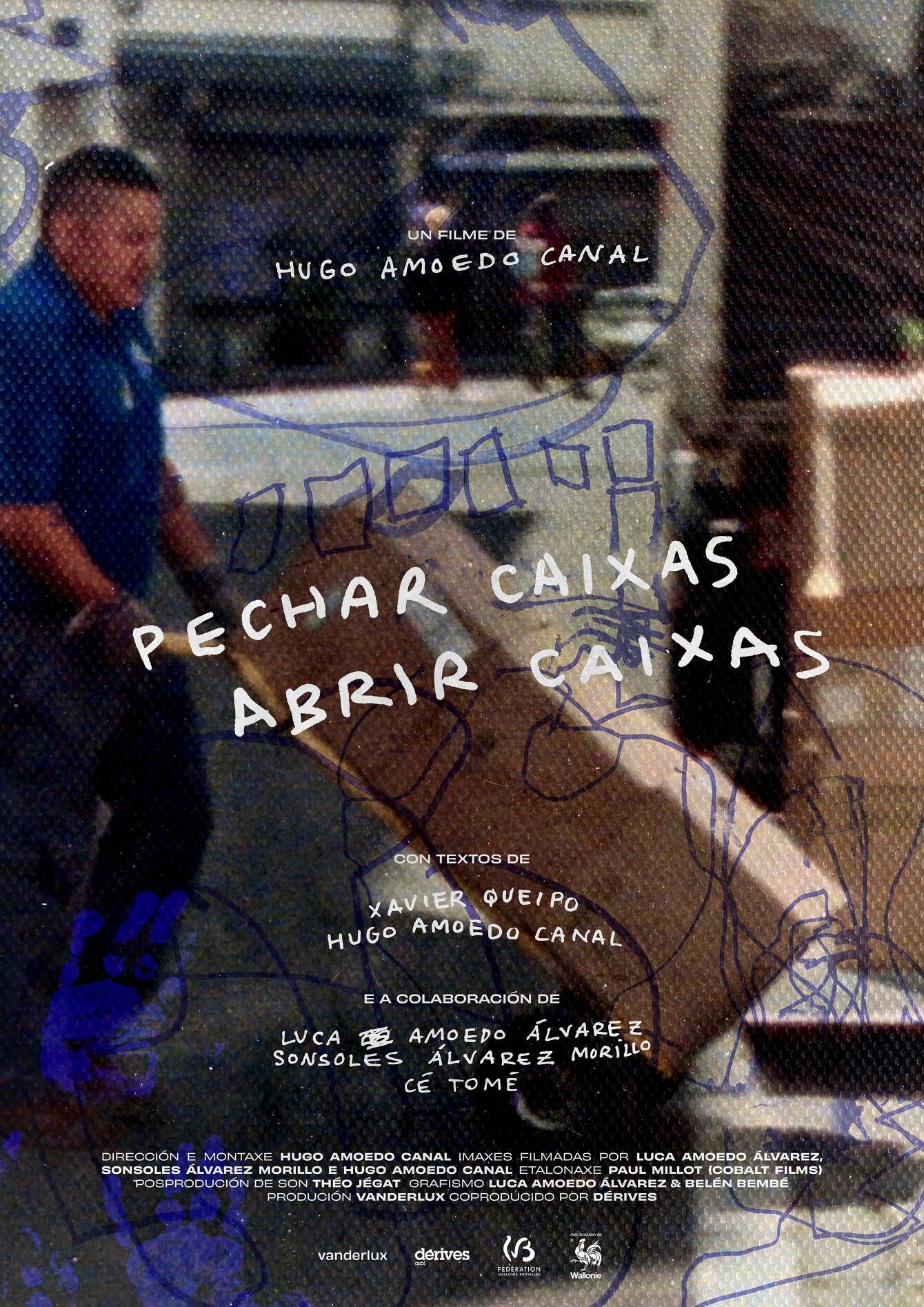
Closed boxes open boxes
Released on: 2024-01-30
Documentary
Galician writer Xavier Queipo is getting ready to move back to his homeland after more than 30 years...

Tokyo Phoenix
Released on: 2017-05-20
Documentary, History, TV Movie
In 150 years, twice marked by total destruction —a terrible earthquake in 1923 and incendiary bombin...

Woven Songs of the Amazon
Released on: 2007-01-01
Documentary
The Shipibo-Konibo people of Peruvian Amazon decorate their pottery, jewelry, textiles, and body art...

Box of Treasures
Released on: 1983-01-01
Documentary
In 1921 the Kwakiut'l people of Alert Bay, British Columbia, held their last secret potlatch. In 198...

Le Prince charmant est toujours blanc
Released on: 2001-01-01
Documentary
The pupils of about fifteen secondary schools in the suburbs of Paris react to the projection of two...

Thelma & Louise: Born to Live
Released on: 2025-04-05
Documentary
The story was born from the pen of debutante Callie Khouri: Thelma, married to a macho man, and Loui...

Adonis
Released on: 2024-02-21
Documentary, TV Movie
A hard-hitting documentary that tackles head-on a controversial but increasingly alarming subject: y...

Cathedrals
Released on: 2025-10-26
Documentary
In CATHEDRALS, filmmaker Dan Algrant embarks on a journey to reconnect with two black collaborators ...

The Aryans
Released on: 2014-04-29
Documentary, Drama, Crime
THE ARYANS is Mo Asumang's personal journey into the madness of racism during which she meets German...

Pop & Passion
Released on: 2022-08-12
Documentary, Music
The two-part documentary Pop & Passion tells of power and magic, but also of the pressure and excess...
